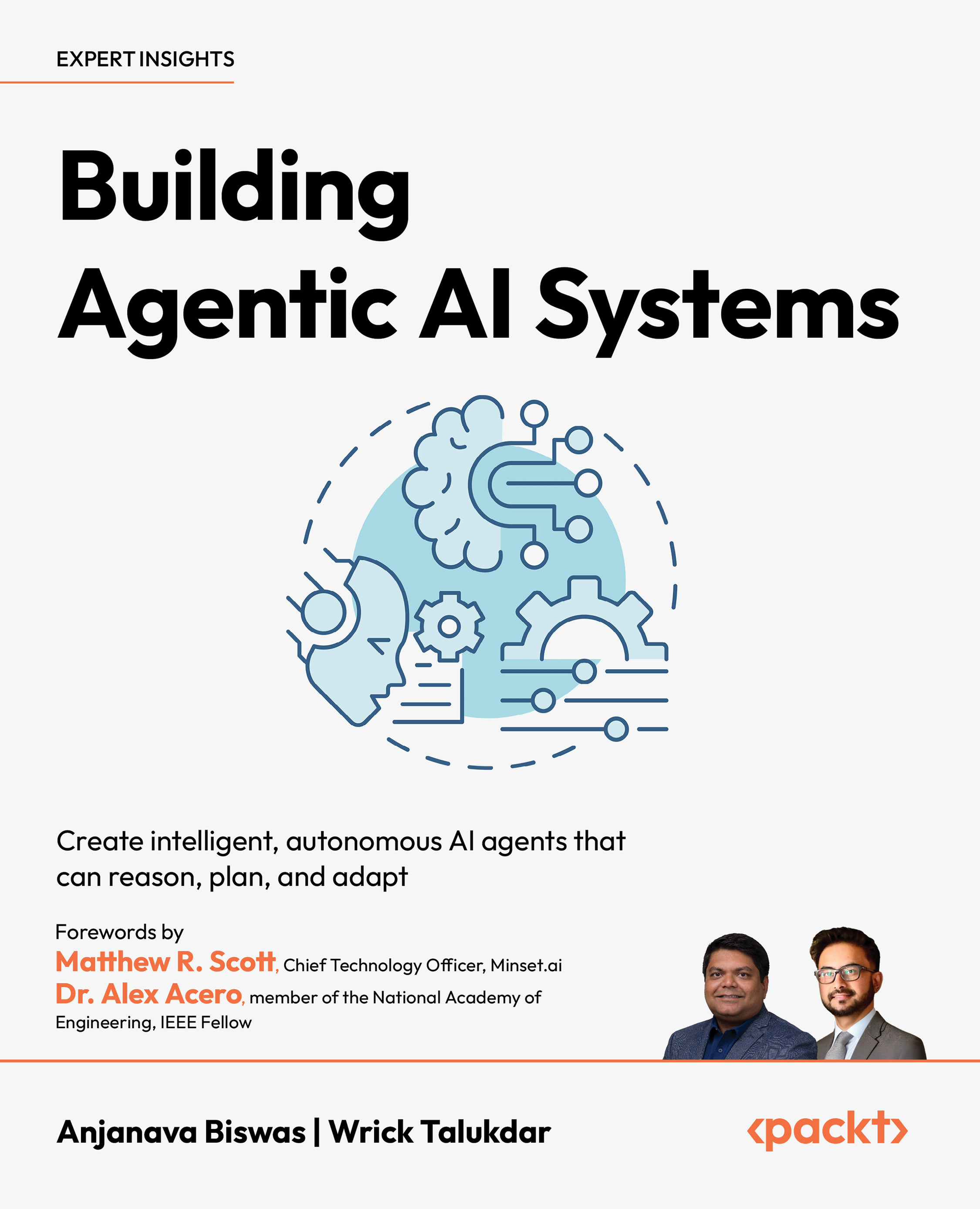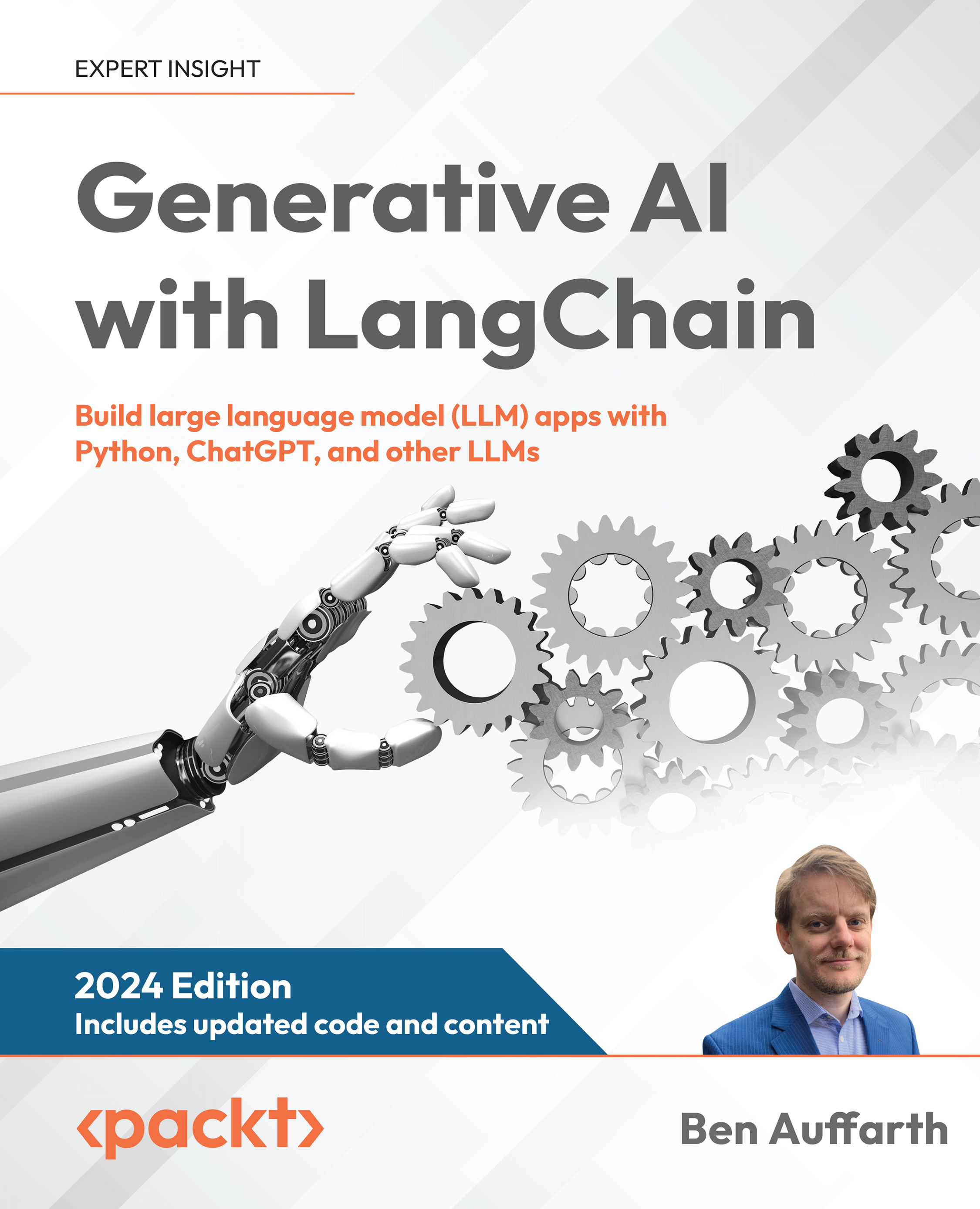Perhaps the most important ingredient for longevity is culture. As Kushnir says:
“Code review isn’t done just because “that’s the rule”; it’s done to catch defects and improve design. The same goes for documentation and tests—they’re tools, not rituals.”
Technical strategies will fall short if the engineering culture doesn’t value quality and continuous improvement. NASA’s approach to software is a case in point: to support missions that last decades (or human-rated vehicles with zero tolerance for failure), NASA instills a culture of exhaustive testing, peer review, and learning from mistakes. In a 2025 talk on how NASA tests their software for the Space Shuttle and Orion programs, NASA’s Darrel Raines explained that they use 4 to 7 levels of testing for each change, with independent verification teams and software quality assurance groups dedicated to finding potential defects. They deliberately bring in fresh eyes – separate teams that try to validate the software – to avoid blind spots.
This multi-layer test strategy, combined with strict coding standards and oversight, is how they achieved the Shuttle’s famously low defect rate (arguably one of the most reliable software systems ever built). Raines also emphasized using a diversity of tools and methods to catch errors: simulations, hardware-in-the-loop, static analysis, formal methods, etc., each can find different classes of bugs.
The philosophy is to never trust a single approach – if something is mission-critical, test it in many ways and assume nothing. For engineers in other domains, NASA’s example underscores that preventing and catching bugs early is far cheaper and safer than troubleshooting in the field. Thus, investing in robust test automation, code reviews, static analysis, and even techniques like fuzz testing or model checking for critical modules can pay immense dividends over a product’s life.
Modern programming practices and language features can also help here. The upcoming C++26 standard, for example, is adding design by contract capabilities (preconditions, postconditions, and assertions built into the language) as well as compile-time checks and safer standard library features. Embracing such features in embedded code can catch errors early or make the code’s assumptions explicit, easing maintenance. C++26 also brings improvements like bounds-checked iterators, nullptr validation, and pattern matching, which aim to reduce common sources of bugs and make code more self-documenting. Using these language improvements (once available in compilers) or similar features in other languages (Ada/SPARK contracts, Rust’s ownership model, etc.) can significantly improve software maintainability. They enable what one might call self-testing code – code that fails loudly if misused rather than silently corrupting data.
Finally, maintainability culture means continuous refactoring and knowledge sharing. A codebase is not a fixed asset; it’s a living one. Teams that succeed over the long run treat technical debt with the same seriousness as feature development. They allocate time in each release cycle to update stale documentation, improve code clarity, and refactor overly complex areas – especially if those areas hinder testing or pose a risk for future bugs. Long-serving products often see multiple generations of engineers; investing in clear code and design pays off when new eyes must understand the system in 5 or 8 years. In regulated industries, it also pays off during audits and recertifications if the design rationale is well-documented.
 United States
United States
 Great Britain
Great Britain
 India
India
 Germany
Germany
 France
France
 Canada
Canada
 Russia
Russia
 Spain
Spain
 Brazil
Brazil
 Australia
Australia
 South Africa
South Africa
 Thailand
Thailand
 Ukraine
Ukraine
 Switzerland
Switzerland
 Slovakia
Slovakia
 Luxembourg
Luxembourg
 Hungary
Hungary
 Romania
Romania
 Denmark
Denmark
 Ireland
Ireland
 Estonia
Estonia
 Belgium
Belgium
 Italy
Italy
 Finland
Finland
 Cyprus
Cyprus
 Lithuania
Lithuania
 Latvia
Latvia
 Malta
Malta
 Netherlands
Netherlands
 Portugal
Portugal
 Slovenia
Slovenia
 Sweden
Sweden
 Argentina
Argentina
 Colombia
Colombia
 Ecuador
Ecuador
 Indonesia
Indonesia
 Mexico
Mexico
 New Zealand
New Zealand
 Norway
Norway
 South Korea
South Korea
 Taiwan
Taiwan
 Turkey
Turkey
 Czechia
Czechia
 Austria
Austria
 Greece
Greece
 Isle of Man
Isle of Man
 Bulgaria
Bulgaria
 Japan
Japan
 Philippines
Philippines
 Poland
Poland
 Singapore
Singapore
 Egypt
Egypt
 Chile
Chile
 Malaysia
Malaysia















